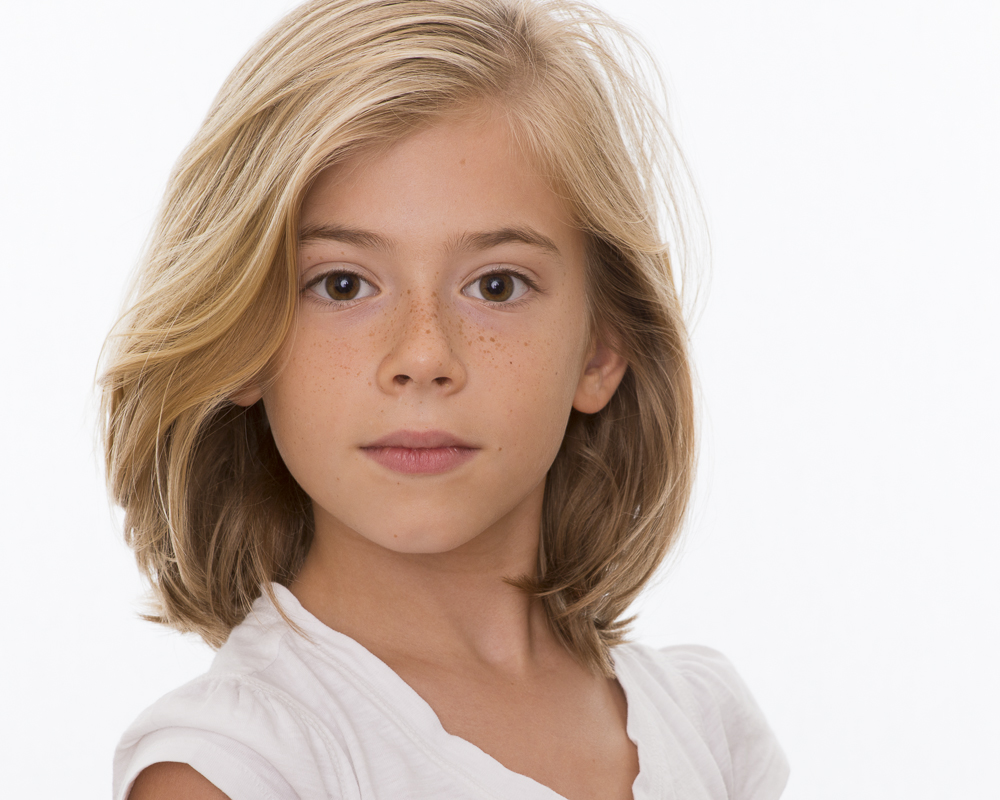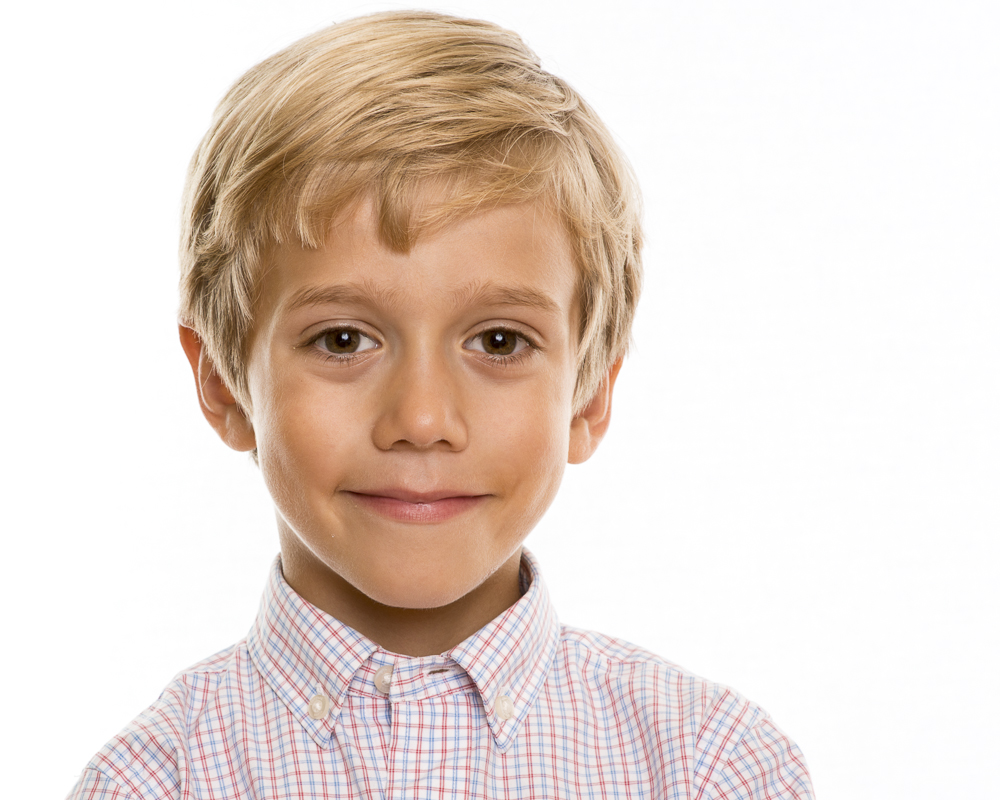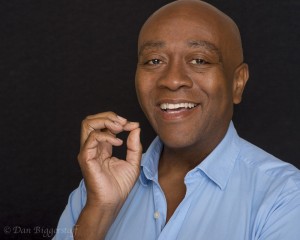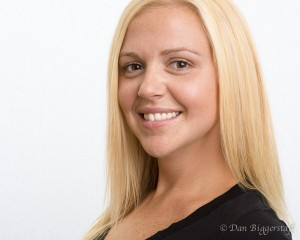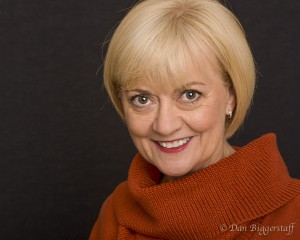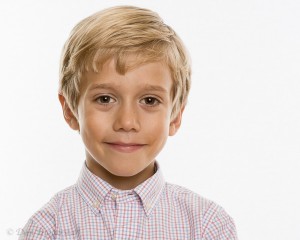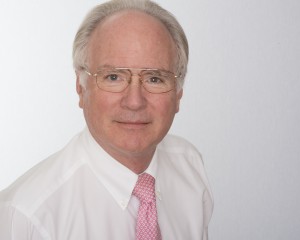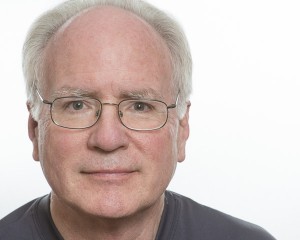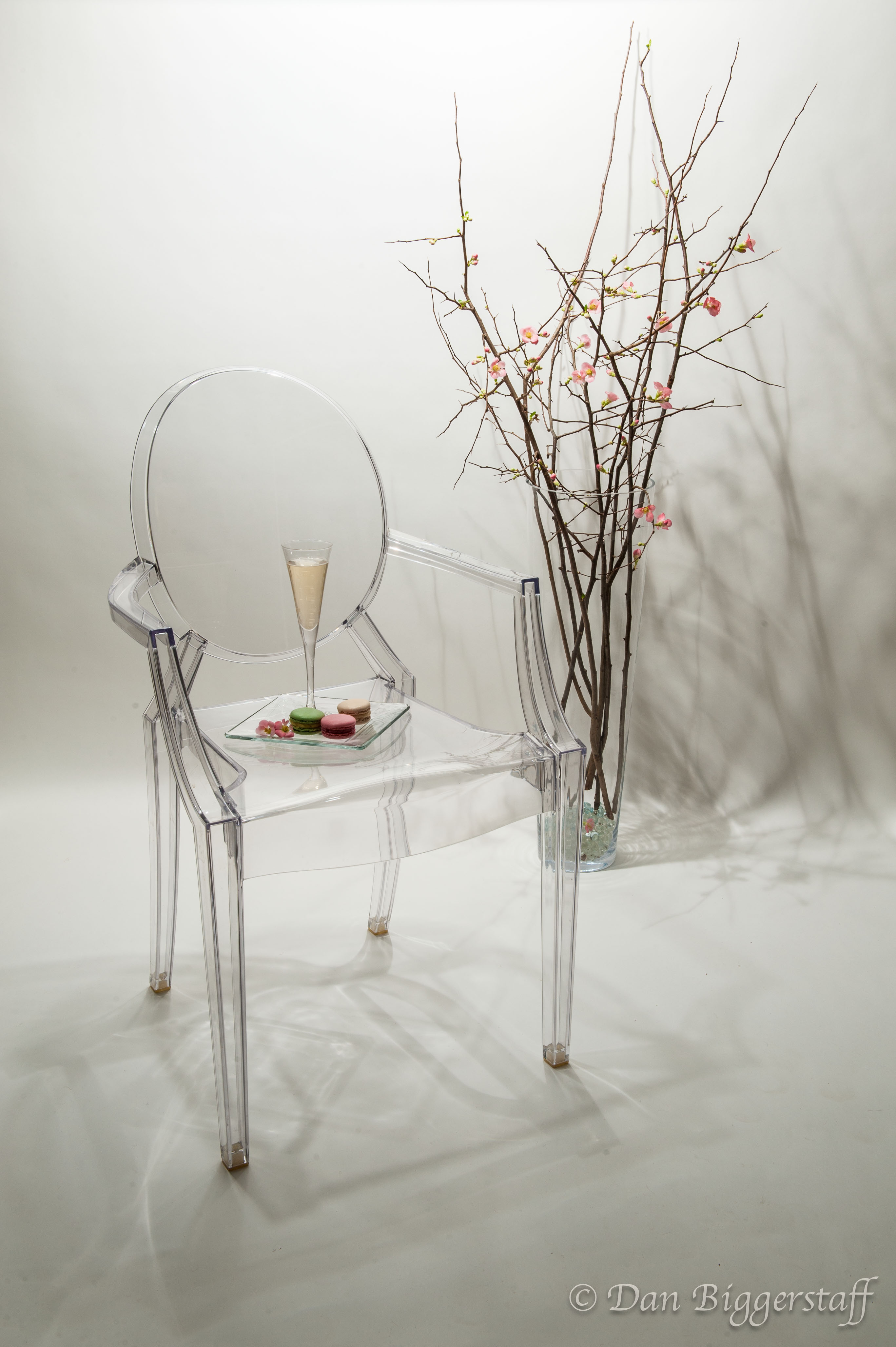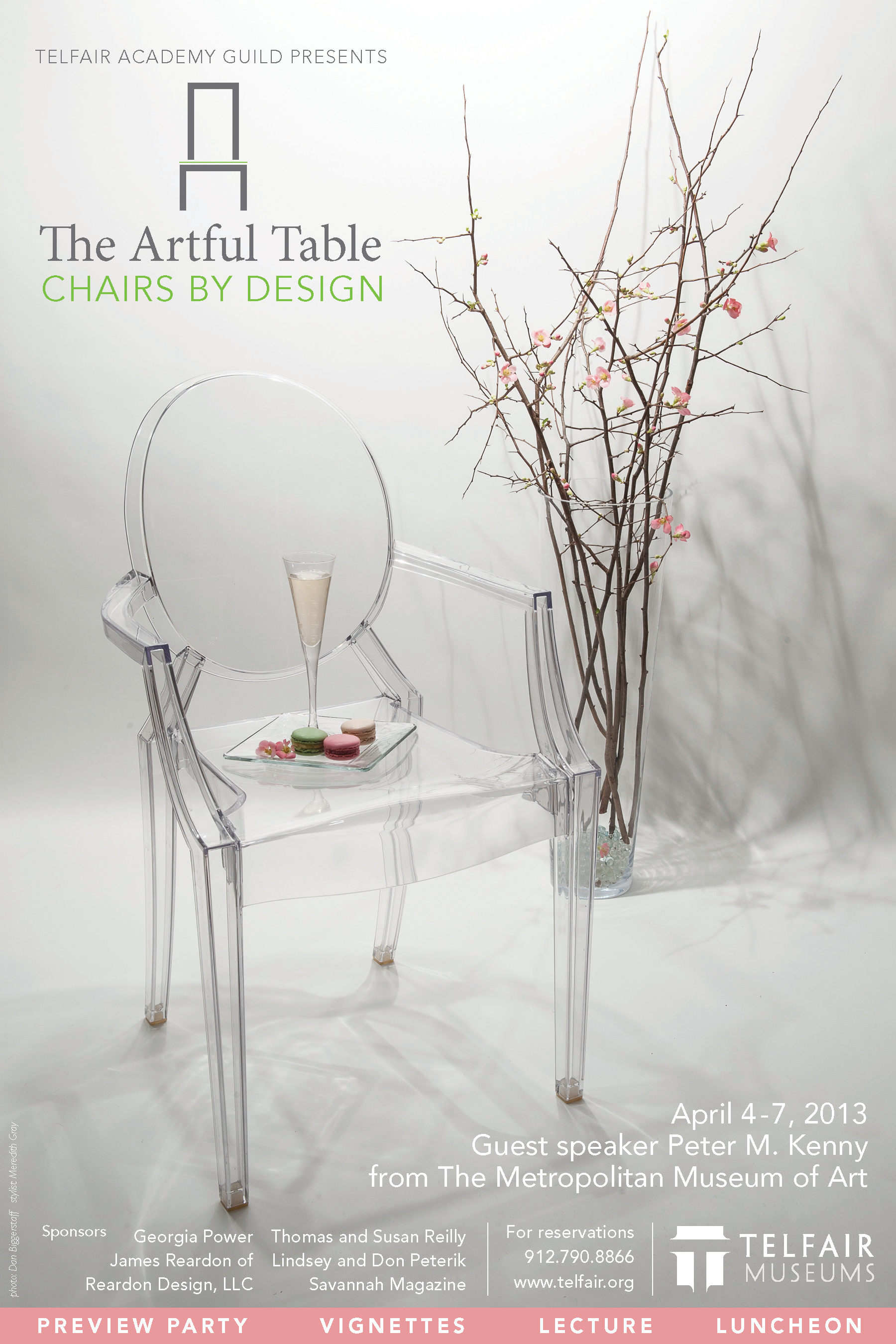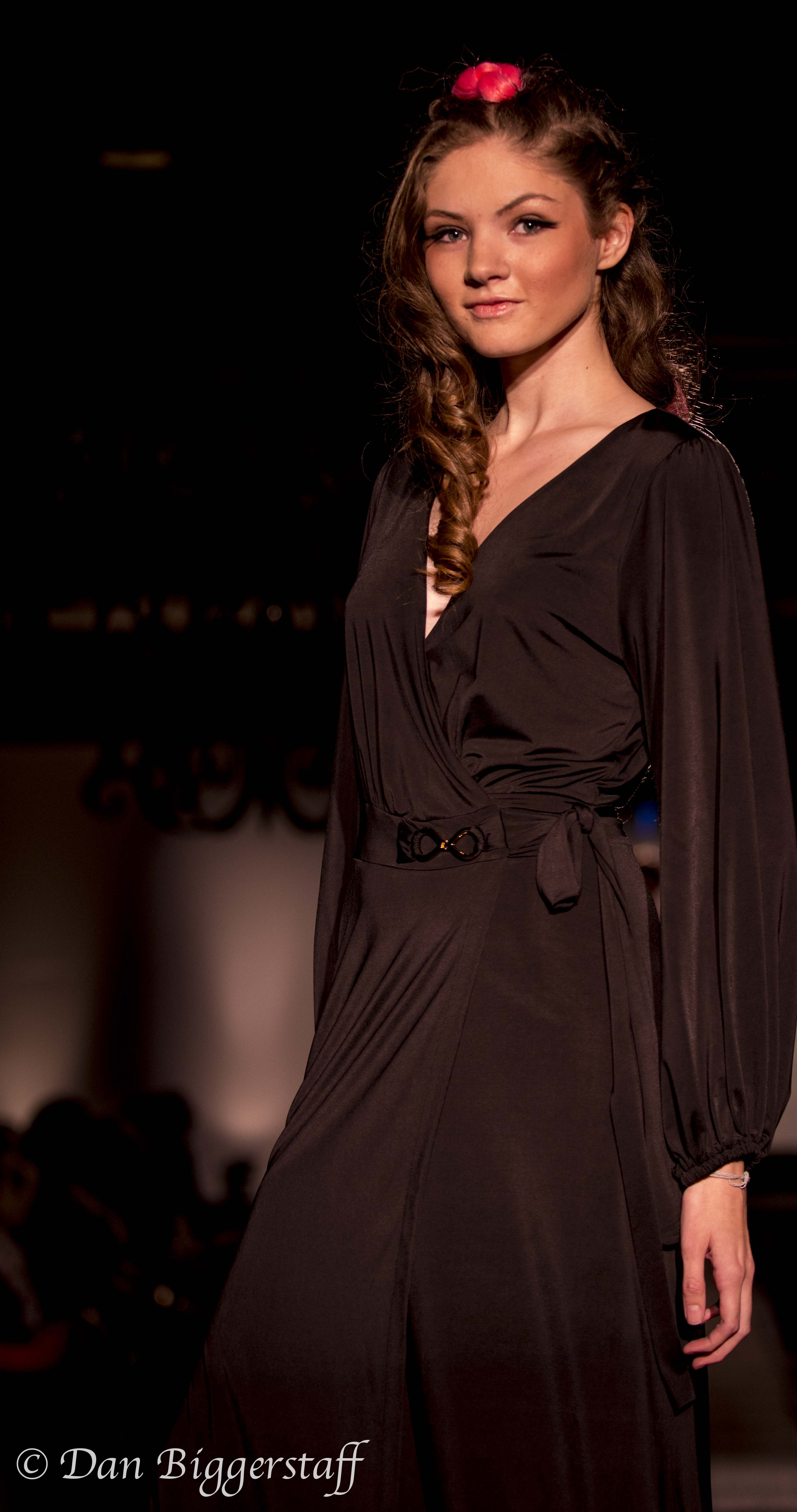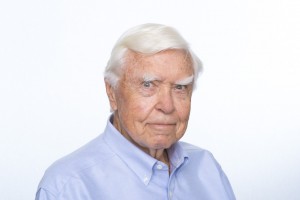 No, this is not the latest photo of me, but I would say this is a really handsome guy. It is a recent headshot photo I took of my second cousin, while visiting him in New Bern North Carolina. Uncle Lewis, as I call him, is a really nice person and a delight to be with. A big, hearty thanks to him for letting me do the photo session.
No, this is not the latest photo of me, but I would say this is a really handsome guy. It is a recent headshot photo I took of my second cousin, while visiting him in New Bern North Carolina. Uncle Lewis, as I call him, is a really nice person and a delight to be with. A big, hearty thanks to him for letting me do the photo session.
The first assignment we had in the Peter Hurley Headshot Intensive Online Course I am taking was to write a bio. This is what I posted for the assignment and will be posted in the About Me section of the website.
Bio Revised
Having two jobs I love, gynecology and photography, is a blessing. The photographer in me actually started about the same time as the doctor in me. A manual film camera, purchased during my senior year of medical school, was my first “real” camera. As a side note, my father thought it was an exorbitant purchase for a medical student and shamed me into taking it back to the store; as I recall it cost about $120. Thinking about the situation upset me, and shortly I returned to the store and repurchased the camera. I reassured the salesman that I would not be back for another return. From a photography standpoint, I have never looked back.
My training in obstetrics-gynecology was done in the U.S. Army, along with a few years of pay-back service. My medical practice became gynecology-only many years ago, allowing more time to pursue other interests. Several years of active duty in the Army in southern Germany provided an opportunity to travel and take lots of photographs. I married my wife, Elisabeth, during medical school, and we had our two children, a daughter and son, during my residency training. We now have four grandchildren that provide great photography subjects, well most of the time.
Before I became really serious with photography, my spare time was spent with both fresh and salt water fly fishing, sailing, and a smidgen of Bluegrass fiddle. In order to spend more time with my children while they were growing up, a private pilot’s license allowed me to attend out-of-town ballet performances and away swim meets. The private-pilot thing was no small feat since I have a fear of heights. That’s another story for another time. These activities have been almost totally replaced by my passion for photography. I have to eat, so my other hobby, gourmet cooking remains intact, with northern Italian being my favorite cuisine.
I wanted to move from the level of serious amateur to professional in photography. A pro- photographer friend suggested I take thousands of photos and be my own strongest critic. Street photography became my passion, making it easy to take a gazillion photos of a variety of subjects. It was easy to move from street photography to women’s fashion, the next stop in my photographic journey. But realizing I could not shoot women’s fashion professionally in my hometown of Savannah, Georgia, I am having a blast with portrait and headshot photography. I jokingly say “I have not decided what I am going to do when I grow up.” Just having fun!
Connection skills, learned both as a physician and photographer, enable me to give my clients photographs that characterize who they are. Now that you know something about me, please call and give me the opportunity to get to know you and take your portrait/headshot photo that will elicit a “like who you see” response!

